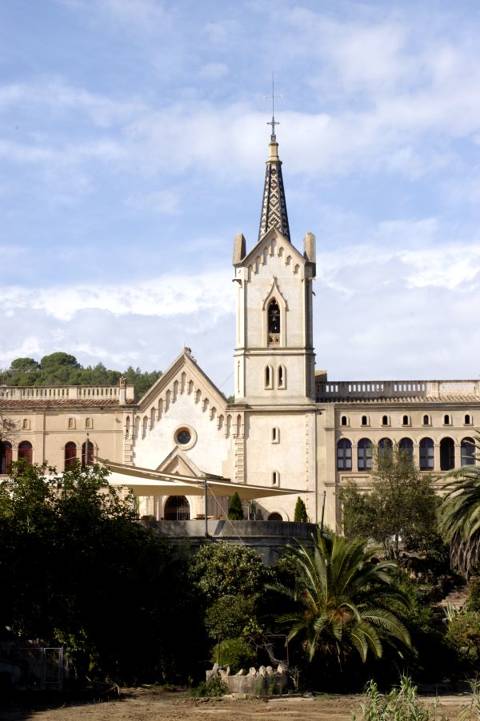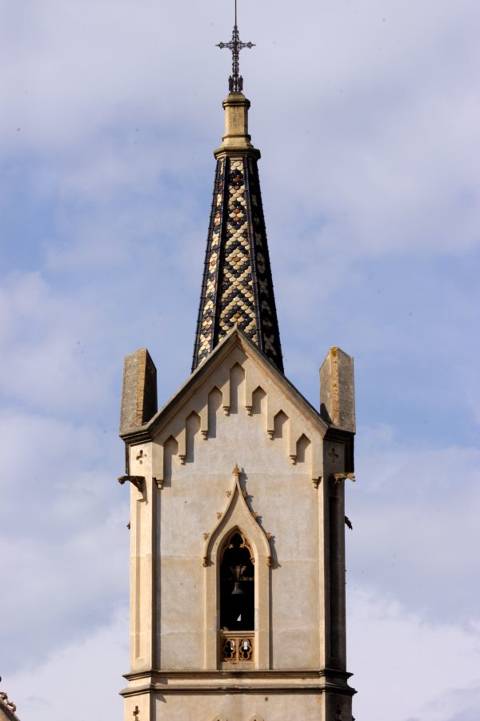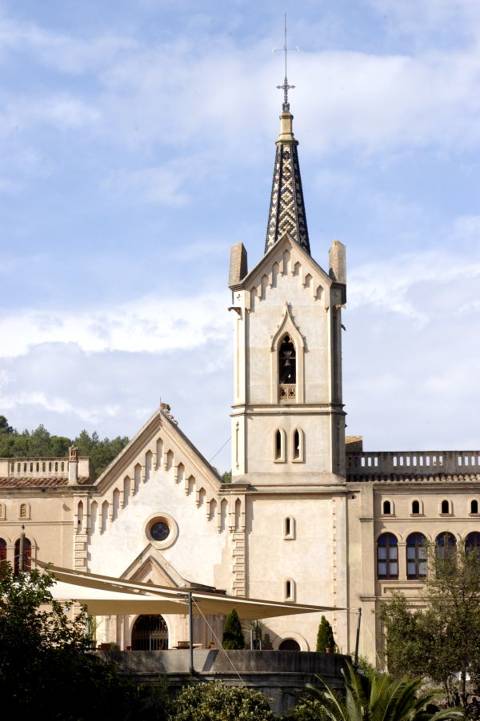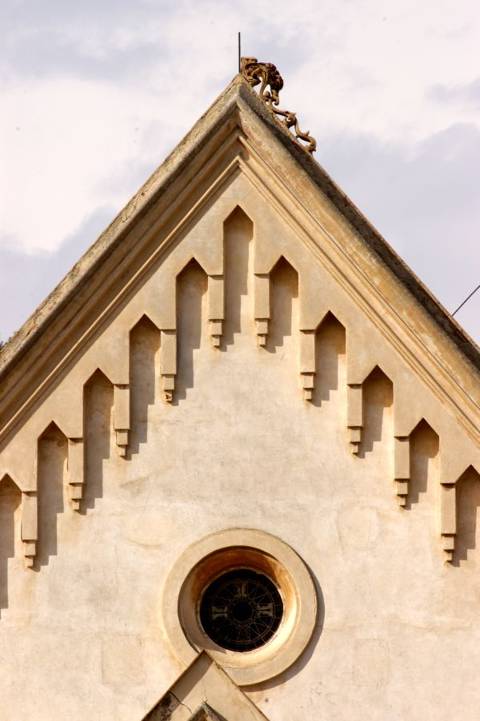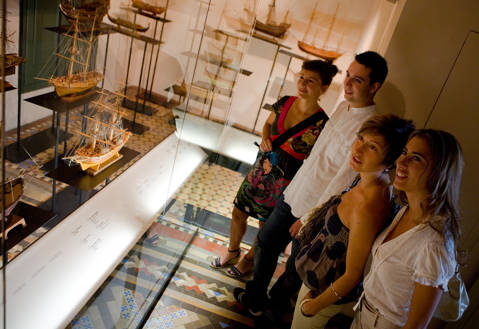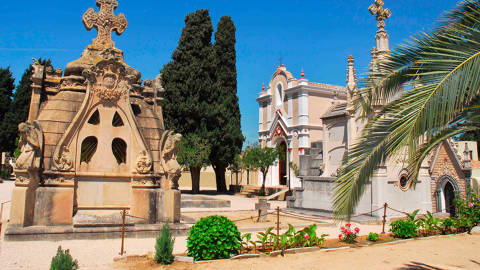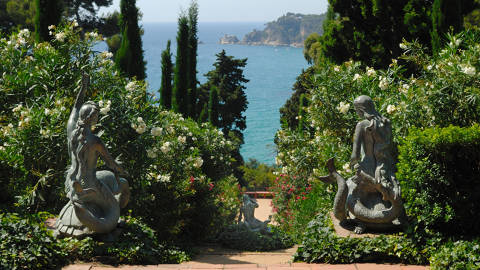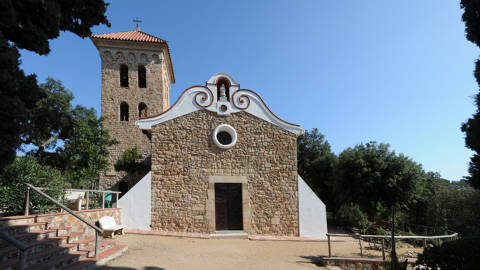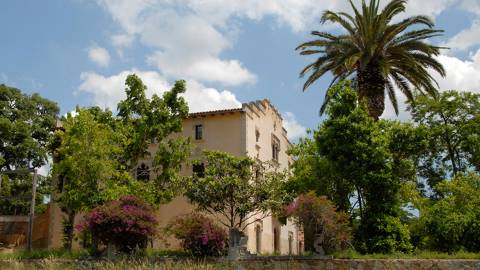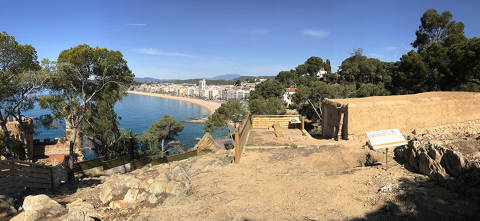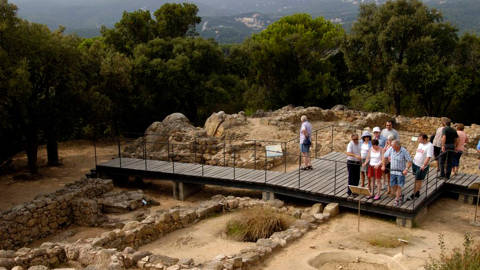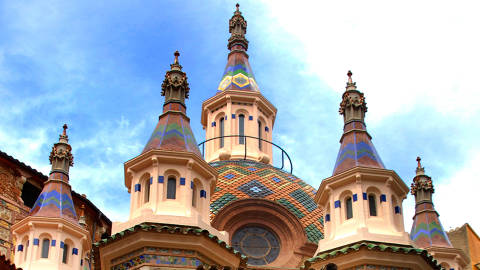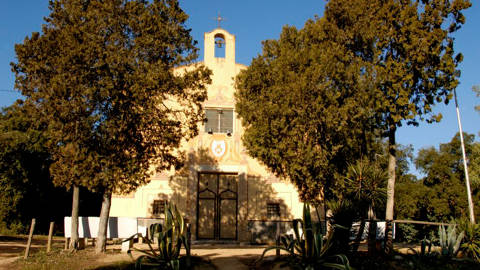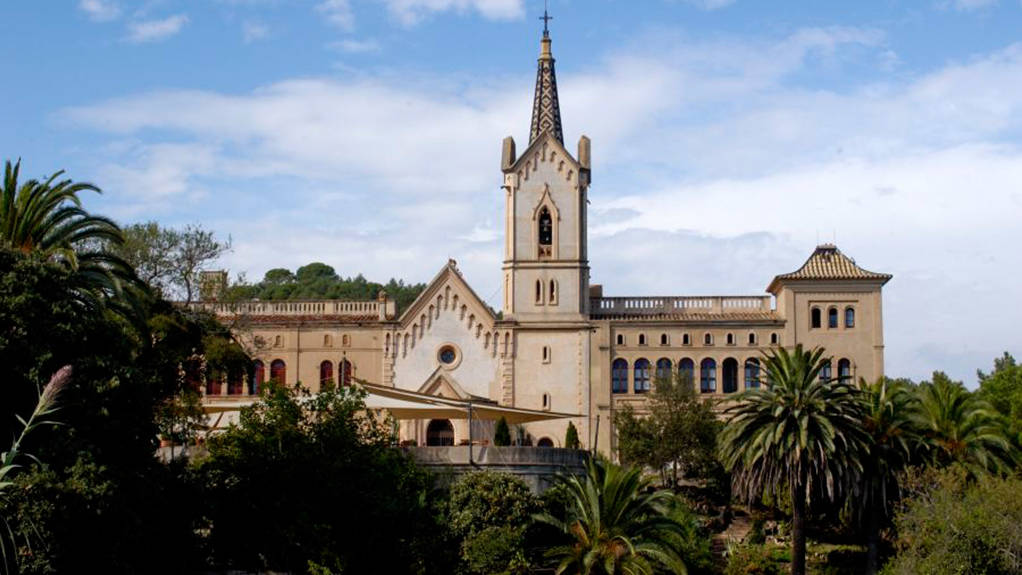
Heritage site with more than a thousand years of history
Sant Pere del Bosc
The heritage site of Sant Pere del Bosc boasts more than a thousand years of history. Its origins as a Benedictine monastery date back to 986 AD following an attack on the Convent of Blanes. This was when the complex known today as Sant Pere del Bosc was built, although it was originally christened Sant Pere Salou, a group of buildings arranged around a chapel.
However, this did not signal the end of attacks on monks – far from it. The 1694 attack, when French invaders set fire to the complex, was particularly ferocious. Having served as a monastery for almost 700 years the site was finally abandoned by the monks, who decided to leave for Lloret and join the congregation of Sant Pere de Galligants. Despite its destruction, the Sant Pere del Bosc site remained a much loved place of pilgrimage for Lloret’s townsfolk, which in 1759 led to the reconstruction of the chapel. These works were partly funded by the Lloret Fishermen’s Guild, which commissioned a marvellous baroque altarpiece, very similar to the one housed in the Parish Church of Cadaqués. In 1860, at the time of the ecclesiastical confiscations of Mendizábal, Queen Isabel II auctioned off a series of disused church properties. In Lloret, the Chapel of Santa Cristina and that of Sant Pere del Bosc were put up for sale. Lloret’s townsfolk, who desperately wished to prevent these two sites from falling into the hands of outsiders, organised a popular collection to raise the amount demanded for them by the crown. The collection raised sufficient funds to acquire Santa Cristina but not enough to do likewise with Sant Pere del Bosc, whose asking price of 200,000 Spanish reales was an astronomical figure for the time. The mayor at that time, Agustí Font i Suris, decided to write to his cousin, Nicolau Font i Maig, who at a young age had gone to live in Cuba on inheriting his uncle’s fortune, which had subsequently multiplied thanks to his administration. Nicolau agreed to meet his cousin’s request for help and purchased Sant Pere del Bosc through power of attorney. Nicolau Font, who everybody called the Count of Jaruco (although he never accepted this title due to his firm republican convictions), did not return from Cuba until 20 years after the purchase of Sant Pere del Bosc, in around 1880. On his return he put his body and soul into improving the estate, not only restoring the ancient complex of Sant Pere del Bosc (which he embellished notably with the assistance of renowned figures from the applied arts, such as the architect Josep Puig i Cadafalch, the sculptor Eusebi Arnau and the painter and decorator Enric Monserdà, among others) but also creating a kind of spiritual and artistic path between Lloret and the sanctuary, building important monuments along it such as preaching crosses, the Chapel of Our Lady of Grace and the Shrine to Our Lady of Grace, popularly known as the Angel. In the 20th century, Pius Cabañas, a nephew of Nicolau Font, built a new wing onto the main building to be used as an old people’s home, named after his uncle. This institution was housed on the site until the 1960s, when it was moved to a set of annex buildings at the municipal hospital, where it remains open today. During the Spanish Civil War, Sant Pere de Bosc suffered serious damage, the most dramatic of which was undoubtedly the burning of the 1759 baroque altarpiece. Today, the Sant Pere del Bosc site, which remains in the hands of the descendants of Nicolau Font i Maig, houses a restaurant and hotel that were opened in 1981 and 2011 respectively.


